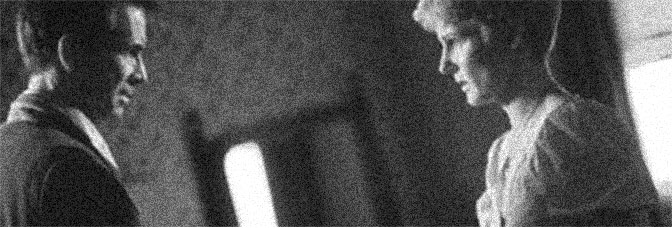I’m a little upset. Anthony Perkins only directed two pictures and one of them–this one–was written by Charles Edward Pogue. Pogue’s a bit of punchline, but at least most of Psycho III is well-plotted. His dialogue, especially at the beginning, is iffy, but it might also have been Perkins getting used to directing actors.
Psycho III takes place a month after Psycho II. While II was a really sensitive attempt to follow up on a famous cinema character, it ended weakly. III attempts, eventually, to right the misstep. I can’t figure out why Maltin, for instance, says this one’s played for laughs. It’s even sadder in some ways than the second film, with Perkins’s Norman finding the hint of real redemption and real human concern, only to have it destroyed.
Perkins, I think, did stage work and he directs the good actors in Psycho III like stage actors. The scenes with him and Diana Scarwid, for example, are just lovely, the two of them really understanding how to share the space and the time. Scenes with Jeff Fahey, not so much. Fahey’s awful in Psycho III and it’s sort of shocking no one realized the attempted rapist–Fahey’s establishing characteristic–was a villain deserving of a spectacular end.
Though the IMDb trivia says he was supposedly–initially–the villain.
Unfortunately, the film ends on its own misstep.
But it’s a fine ride to it. Especially with Carter Burwell’s fantastic (synthesizer-heavy?) score and Bruce Surtees’s luscious photography.
 ★½
★½
CREDITS
Directed by Anthony Perkins; screenplay by Charles Edward Pogue, based on characters created by Robert Bloch; director of photography, Bruce Surtees; edited by David E. Blewitt; music by Carter Burwell; production designer, Henry Bumstead; produced by Hilton A. Green; released by Universal Pictures.
Starring Anthony Perkins (Norman Bates), Diana Scarwid (Maureen Coyle), Jeff Fahey (Duane Duke), Roberta Maxwell (Tracy Venable), Hugh Gillin (Sheriff John Hunt), Lee Garlington (Myrna) and Robert Alan Browne (Ralph Statler).
RELATED

Leave a Reply